There are thousands of museums in the world, including not only large comprehensive museums, but also small theme museums. However, each museum brings different feelings to tourists. However, some museums with outstanding architectural appearance have left a deep impression on people. They have been recognized by more and more audiences and won good reputation, thus becoming well-known "classic museums".
"I am an architect who attaches great importance to the architectural environment. I mean the environment is not just the location of the building, but the broader historical and cultural environment. The emphasis on environment is not to integrate the buildings into the geographical environment, but to match the local historical depth. But it does not mean simply copying the existing types of buildings, nor the attachment of existing buildings, which means the opposite. " This is a wonderful summary of the Louvre in Abu Dhabi designed by Jean Nouvel.
The Louvre in Abu Dhabi creates a quiet and intimate space full of light, shadow and reflection. A huge dome with a diameter of 180 meters covers the whole building. The dome contains four stainless steel outer layers and four aluminum inner layers, and its total weight is the same as that of the Eiffel Tower in Paris.
The extremely complex geometric texture of the dome has become one of the biggest highlights of the building. Jean Nouvel and structural engineers have carefully designed to make Abu Dhabi's sunlight gently sprinkle on the white inner wall after layers of filtering and overlapping. With the change of sunshine track, the indoor "rain of light" is also in infinite change.
In the United Arab Emirates, palm trees have an irreplaceable position. This tall plant provides food and nutrients for the ancient people and is regarded as the "tree of life". Huge palm leaves overlap and dance in the sun - this "rain of light" in the Louvre is a wonderful coincidence with the local natural scenery in Arabia.
The museum is white, inspired by the low-lying houses in Medina and Arabia. The museum contains 55 independent buildings to accommodate the museum's huge collection system. The ground is paved with stone slabs inlaid with copper frames, and the choice of stones echoes the era behind the collections in different exhibition halls.
This maritime museum has been infused with a unique historical and cultural context by Jean Nouvel. It is not only full of a sense of modernity, but also expects to belong to the country and its own historical and geographical environment. This kind of design language coincides with the tortuous history of its birth.

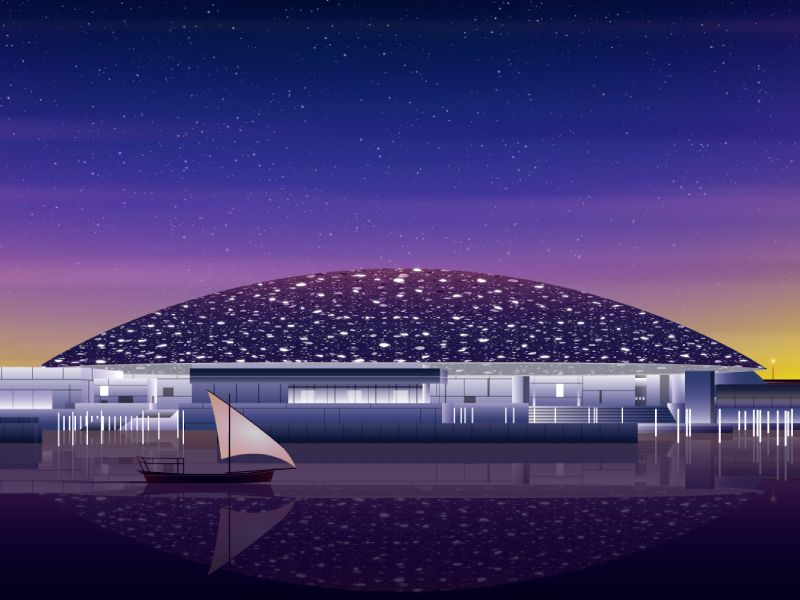

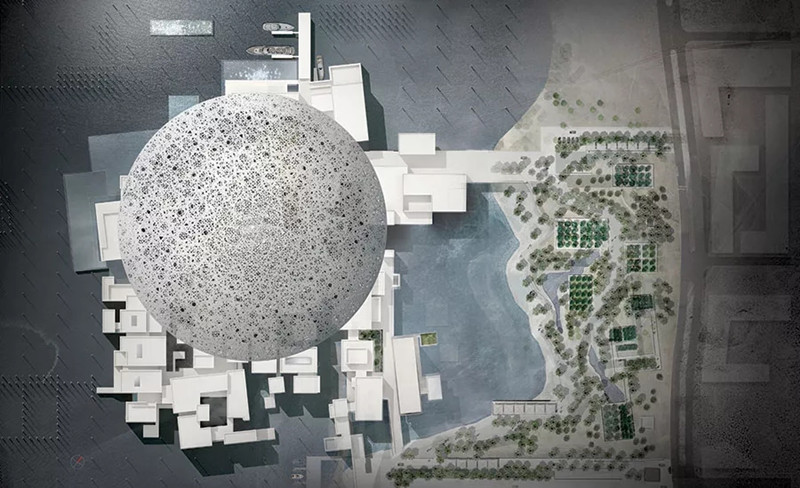



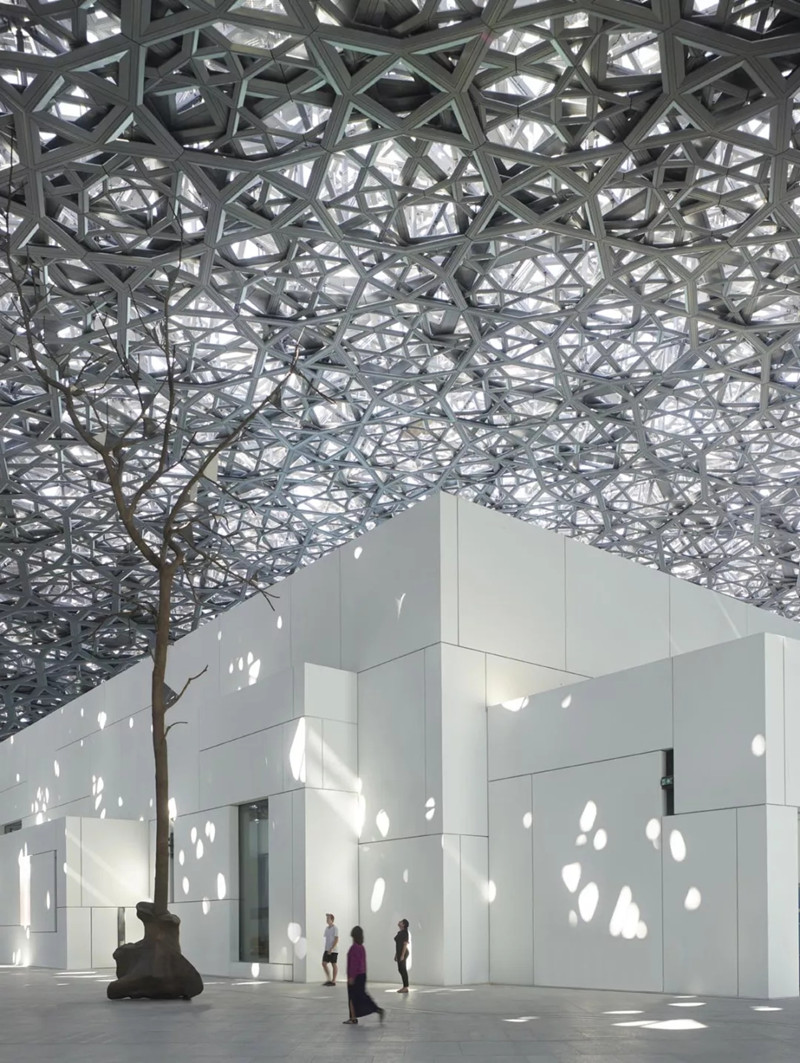
The Middle East's several local tyrants make the architect Jean Nouvel appear to be quite productive. The Louvre in Abu Dhabi opened in 2017, and the National Museum in Qatar opened in March 2019. It's from the same architect, but at a glance, it makes people feel that Qatar is not as willing to pay as Abu Dhabi. Although architecture is expensive at a glance, it's not that expensive.
The building is designed as a ring, winding for nearly a mile, making you feel like landing on Tatooine in the Star Wars universe. As an institution, it aims to resolve the contradictions between Qatar's past and present. It wants to be a symbol of the country, looking for a new identity and trying to prove itself to be a cultural force - especially given the continued blockade led by Saudi Arabia and the FIFA World Cup to be hosted by Qatar in 2022.
"For a national museum, we need to talk to symbols - we need a commemorative way," Nouvel said Nuvier's design is inspired by the desert rose, a mineral structure found in the desert with complex staggered disk geometry. The similarity between the museum and this small and natural object is incredible. Its huge disc volume, ranging from 46 feet to 285 feet in diameter, is like a dance, overhanging, protruding, crossing and passing through each other.
On the outside, unusual volumes form passageways, balconies and awnings. The hue of the glass fiber reinforced concrete coating changes with the light, from dull white to beige, and then to fine pink, blurring the color of desert sand everywhere.
From the exterior envelope to the interior wall and ceiling, these discs cut each other, creating an unusual Gallery inside. There are 11 in total, which are arranged as a loop line to take tourists to visit the history of the peninsula in chronological order, starting from geology and geomorphology, through the existence of early human beings, life in desert and coast, pearl industry and the modern history of the country. In the 324000 square feet of usable space of the museum, there are few vertical or horizontal planes. Even the floor slopes down in the middle and then rises to the final gallery. Spatially, it's a fascinating journey - every point of contact is unique, so you can't predict what you'll encounter next; Sometimes the space will shrink into a narrow canyon, and then rush into a spacious room to take you downstream.
Museums try to convey the essence of a culture through archaeological discoveries, animal models and cultural relics. On the whole, it is not surprising that the scale of the exhibition is small. There are many commissioned works of art here, but it is by no means an art museum. The building itself is incredible, but the walls make it difficult to hang anything. Instead, the Doha Film Academy has produced nine animations that show the region's flora, fauna and history through narrative or abstract images. These works are formatted according to the specific size of the wall and culminate in the coming of oil by American artist Doug Aitken.

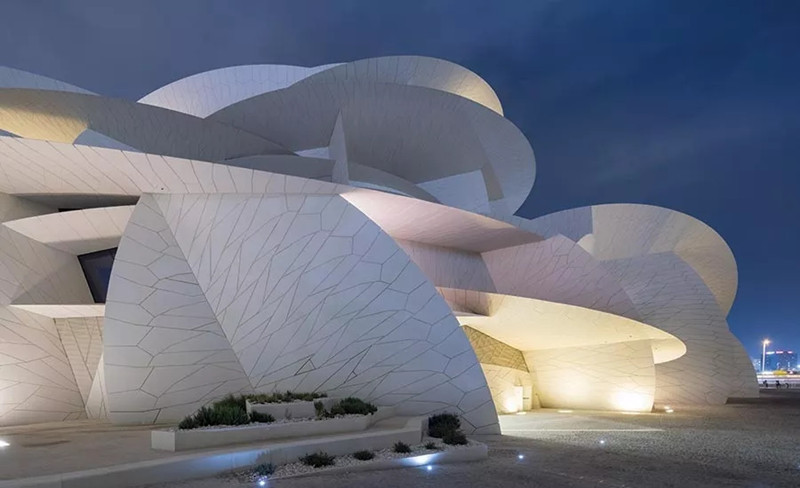
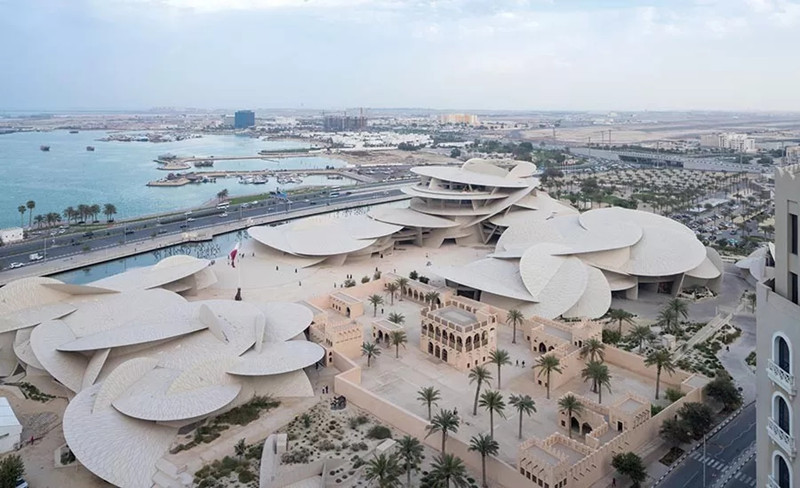

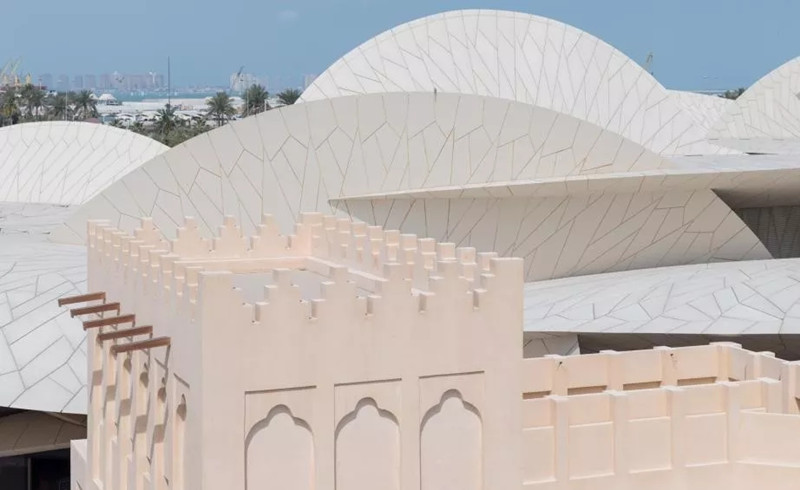
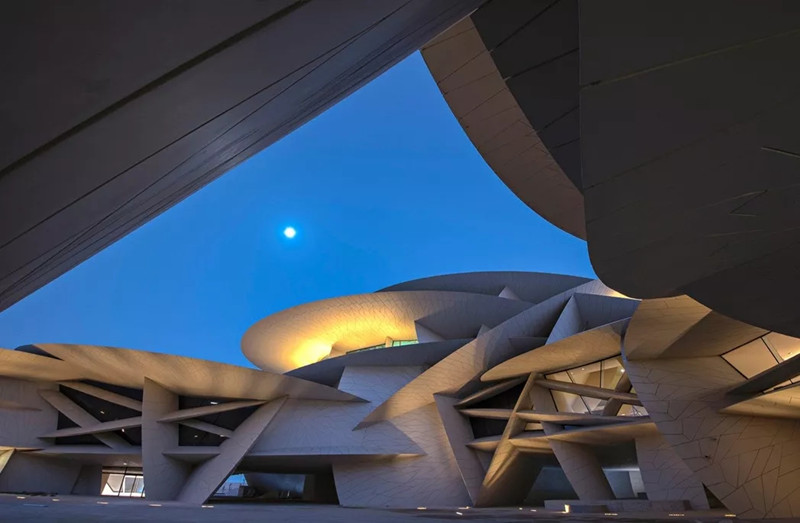

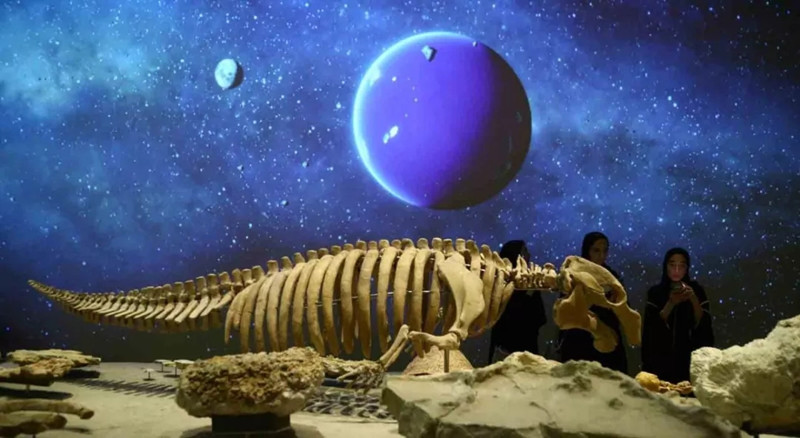
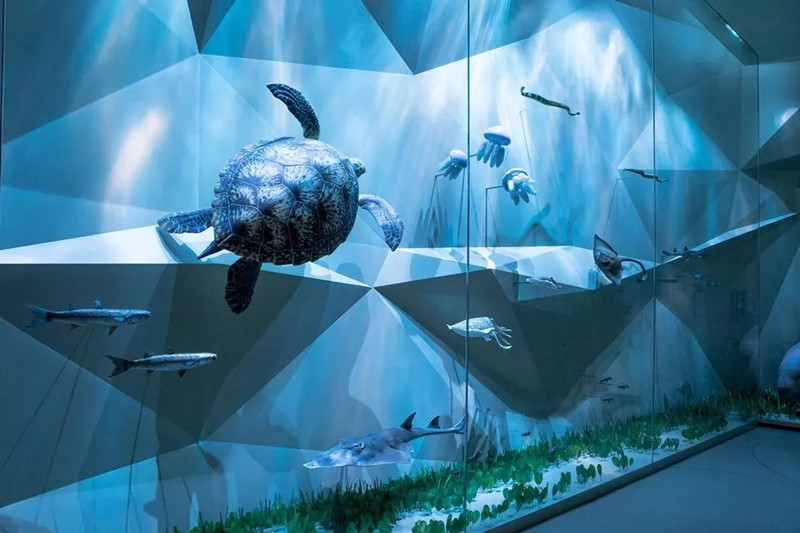
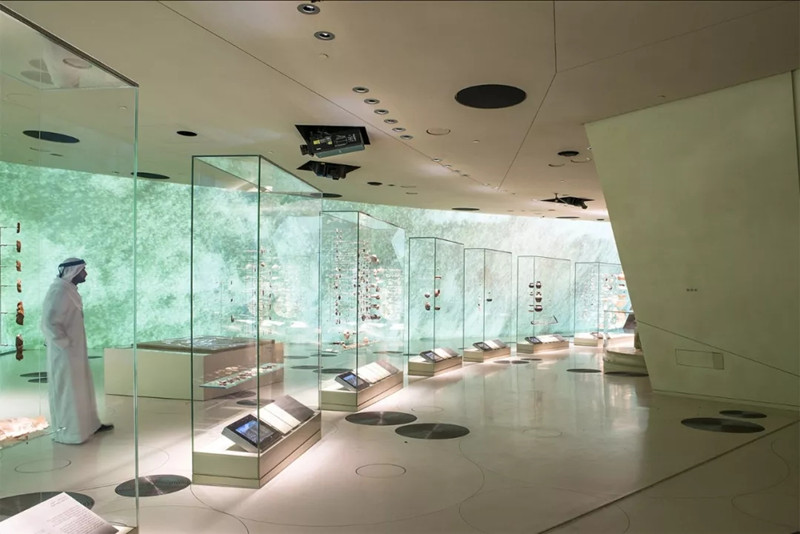
On the banks of the Tagus River in the Belem District of Lisbon, great Portuguese explorers set sail here to explore the world. The new riverside Museum of contemporary art, or Maat, was officially opened in October 2016 by al_ A firm design.
Facing the water, the view is wide. The building takes an exaggerated but very gentle posture. It is low, like a ripple rolled up by a river. The gentle undulation makes the roof of the building an outdoor space of the museum and a stage of the city. Here, visitors can enjoy the vision of the city and watch a movie set in Lisbon in the evening.
Based on Portugal's rich craftsmanship and ceramic tradition, 15000 pieces of white three-dimensional cracked glazed tiles clearly express the building facade, and produce a complex surface, giving water, light and shadow changeable readings. The overhanging roof creates a welcome shade to reflect sunlight from the water into the building.



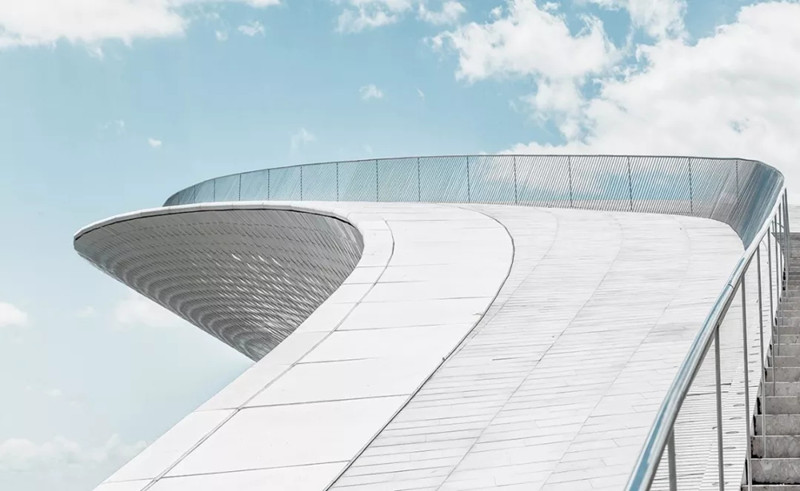

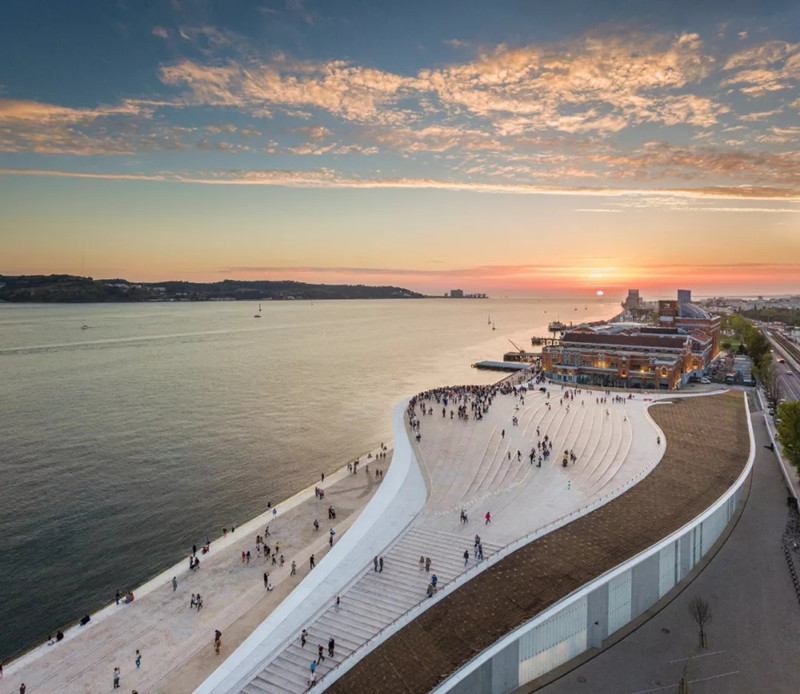
One of the latest museums, corones, is embedded on the side of a mountaintop - a concrete space designed by the late architect Zaha Hadid.
The collection includes early maps, old hiking boots and other tools. Any climber will tell you that the destination (Museum) will not bring you as much joy as the journey there.

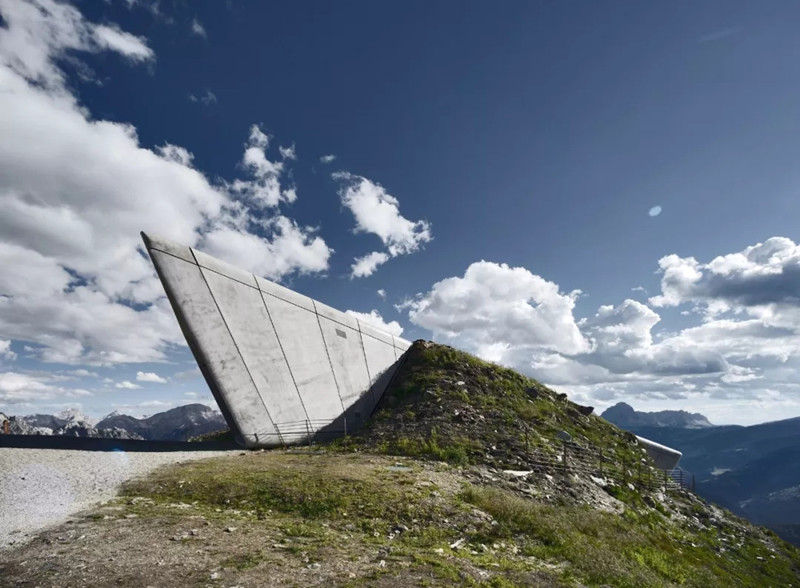


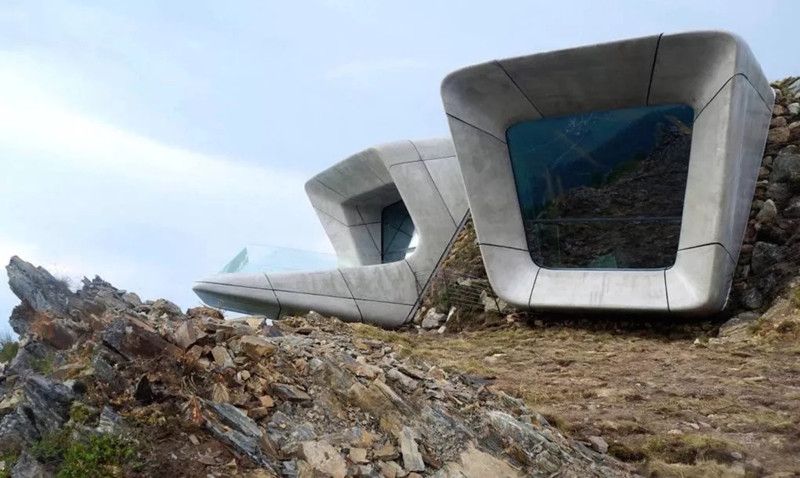
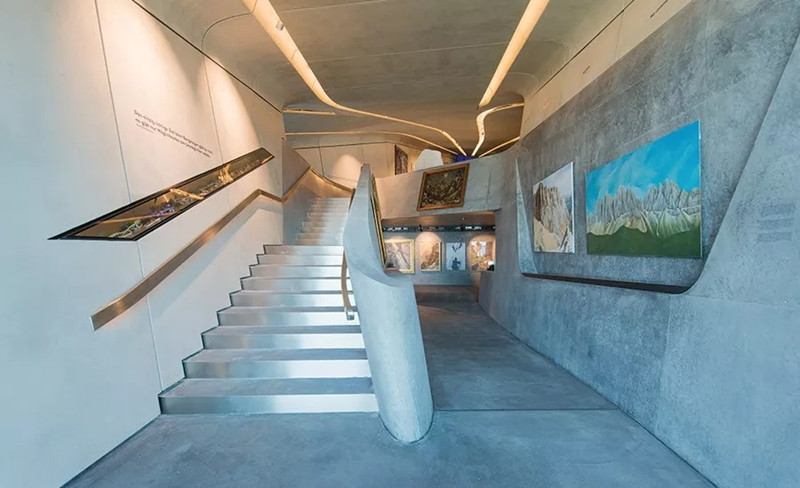


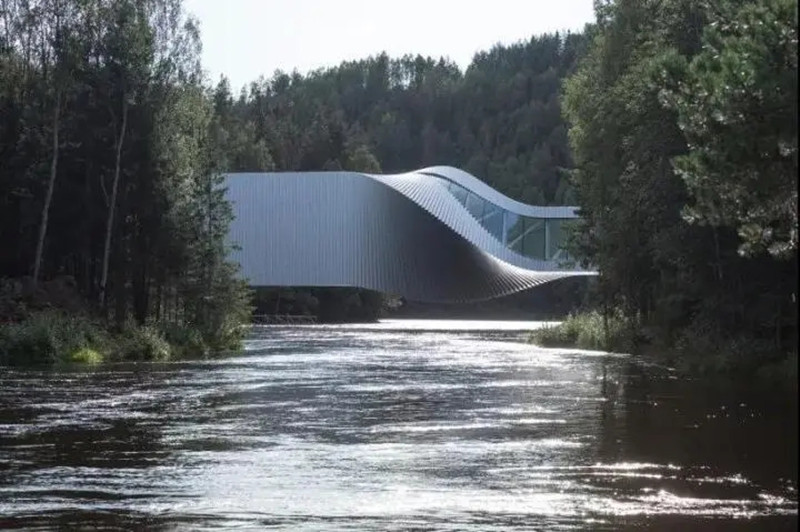
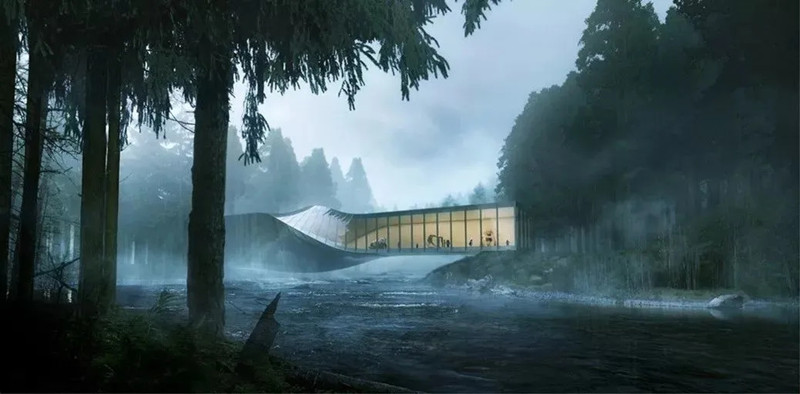
The slow flowing nevion River (also known as Bilbao River) flows through the noisy center of Bilbao, Spain, all the way to the vast Atlantic Ocean. On one side of the river, there are scattered light colored houses built close to the mountains. On the other side, there stands a world-famous Museum, the Guggenheim Museum in Bilbao.
The whole museum is covered with a layer of irregular titanium alloy plate, which is different from the square of traditional architecture. Instead of regular plane, the whole building is full of flowing surface. Designed by the American architect Frank O. Gehry, the whole building is like a future movement across time and space, playing slowly on the riverside.
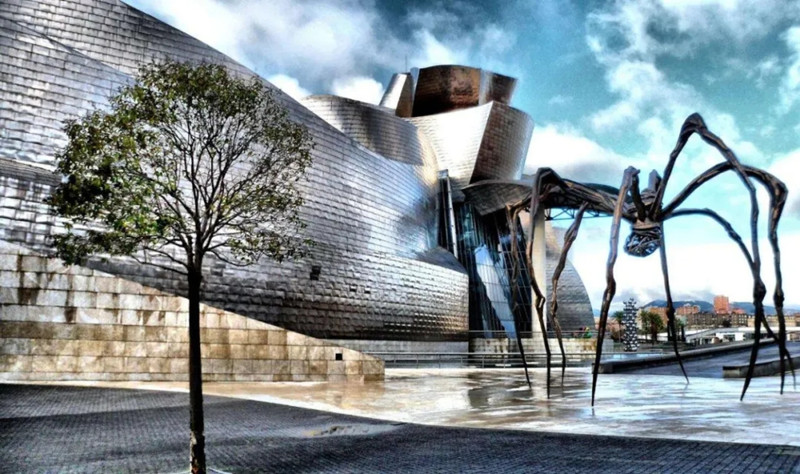
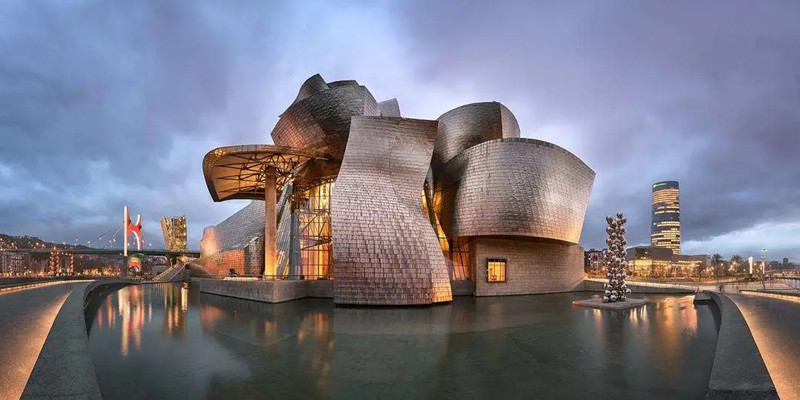

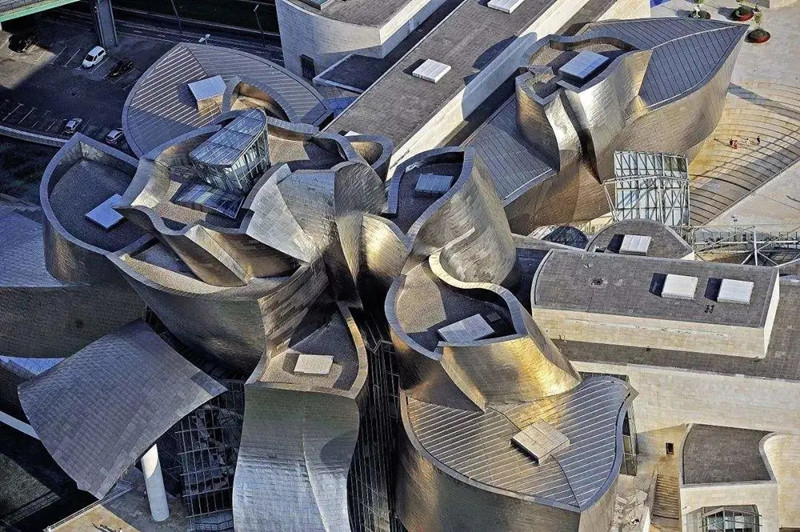

ربط: Mr. Otis
الهاتف: +8615815758133
هاتف: +8615815758133
صندوق البريد: Hello@lederlighting.com
العنوان: No. 1 Gaoxin West Road,High-tech Zone, Jiangmen, Guangdong, China